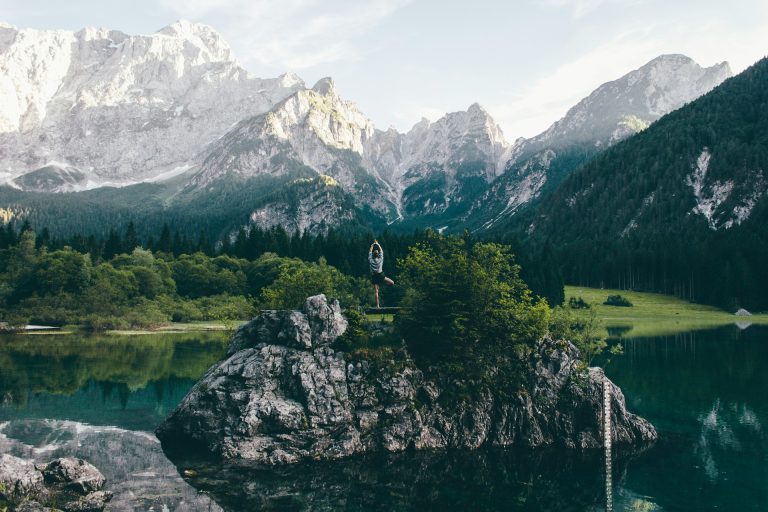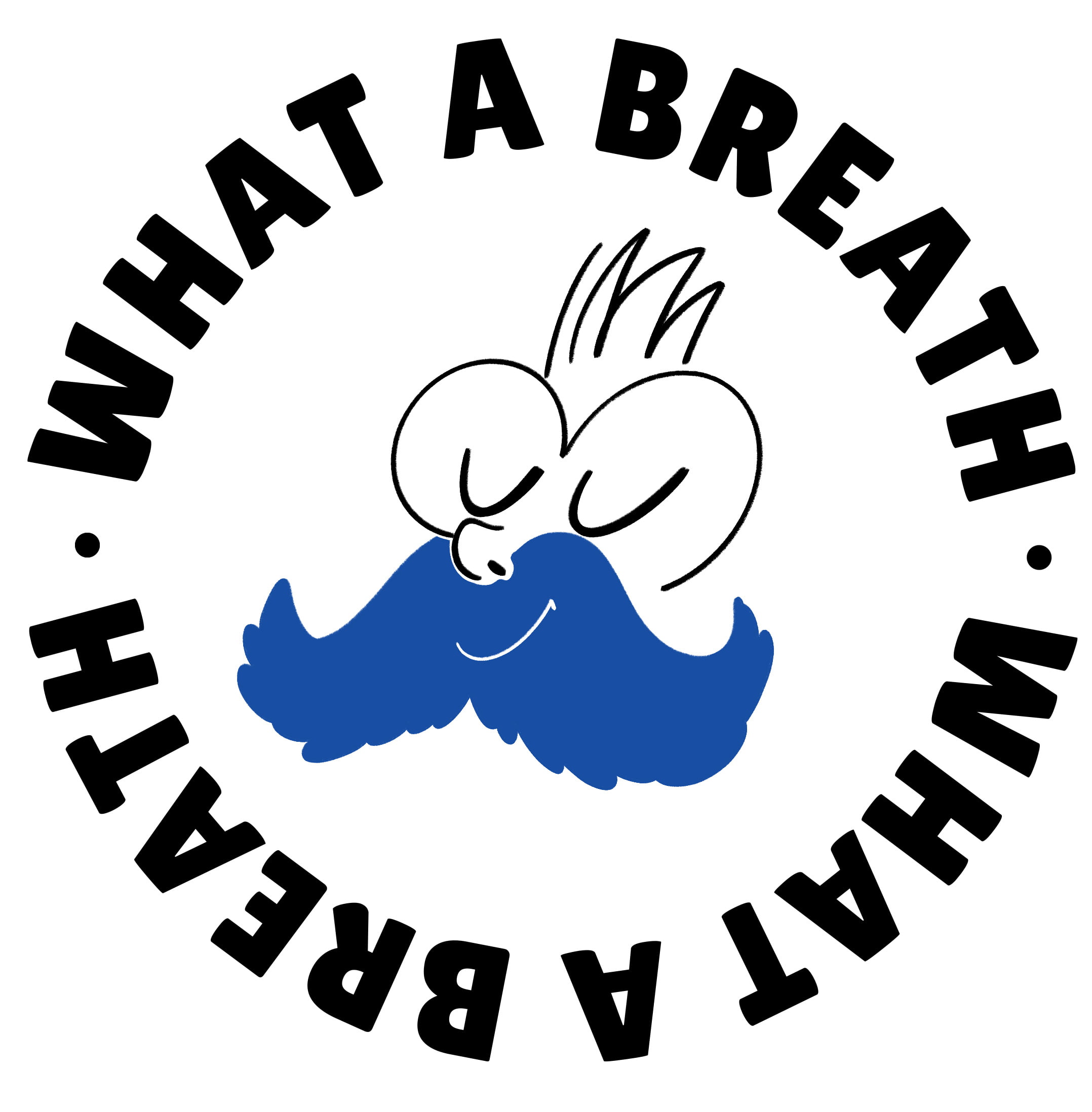If you find yourself tossing and turning every night, your mind racing and your body unable to relax, it might be time to try something different. We’re not talking about melatonin or another sleep app, but a millennia-old practice that works directly with the breath: Pranayama.
Pranayama is a Sanskrit word that combines “prana” (life energy) and “ayama” (control). In simple terms, it’s the art of conscious breathing. And no, you don’t need to be an advanced yogi to start. Just sit down, close your eyes, and listen to your breath. Easy to say, surprisingly powerful to do. Find out more about this technique at this link.
The link between breath and sleep
The quality of our breath directly impacts the quality of our rest. When we’re stressed or anxious, our breathing becomes shallow, irregular, sometimes barely noticeable. This sends signals to the brain that activate the sympathetic nervous system — the one that prepares the body for “fight or flight.” Pretty much the opposite of what you want before sleep.
With Pranayama, on the other hand, we can activate the parasympathetic nervous system — the one that helps us relax, digest, and… sleep. Some breathing techniques slow down the heart rate, calm the mind, and reduce cortisol levels, the stress hormone. In other words: they guide us into sleep naturally and deeply.
The most effective techniques for sleep
Among the many Pranayama practices, a few are especially helpful if you struggle with falling asleep. One of them is Nadi Shodhana, or alternate nostril breathing. You block one nostril at a time, breathing in and out slowly. The result is a balancing of the left and right hemispheres of the brain, creating a deep sense of calm and focus.
Another great technique is Bhramari, or the “bee breath.” You inhale deeply through the nose and exhale while making a humming sound. It’s not only soothing for the nerves, but has a hypnotic effect — perfect for quieting the inner chatter that often keeps us awake.
There’s also Chandra Bhedana, where you inhale only through the left nostril — associated with cooling, lunar energy — and exhale through the right. This lowers body temperature and induces a peaceful state of mind.
A simple evening routine
Adding Pranayama to your evening routine doesn’t take hours. Just ten minutes, maybe in bed or on your mat, with dim lights and your phone put away. Start with a few deep breaths to ground yourself, then choose one of the slower, calming techniques. The key is not to force anything. Let the breath soften naturally, like an internal caress.
With regular practice, the benefits show up fast. Falling asleep becomes easier, and sleep itself becomes more restorative. You’ll wake up feeling more rested, with a clearer mind and a calmer response to daily stress.
An invitation to slow down
We live in an era that pushes us to do more, go faster, and fill every moment with stimulation. Yet, sleep is an act of trust, a letting go. Pranayama gently guides us toward that surrender, giving us back the right to deep, nourishing rest.
If you’ve never tried conscious breathing before sleep, this is your sign. There’s no risk — only benefits. The body knows what to do. You just need to give it time and space to remember.






